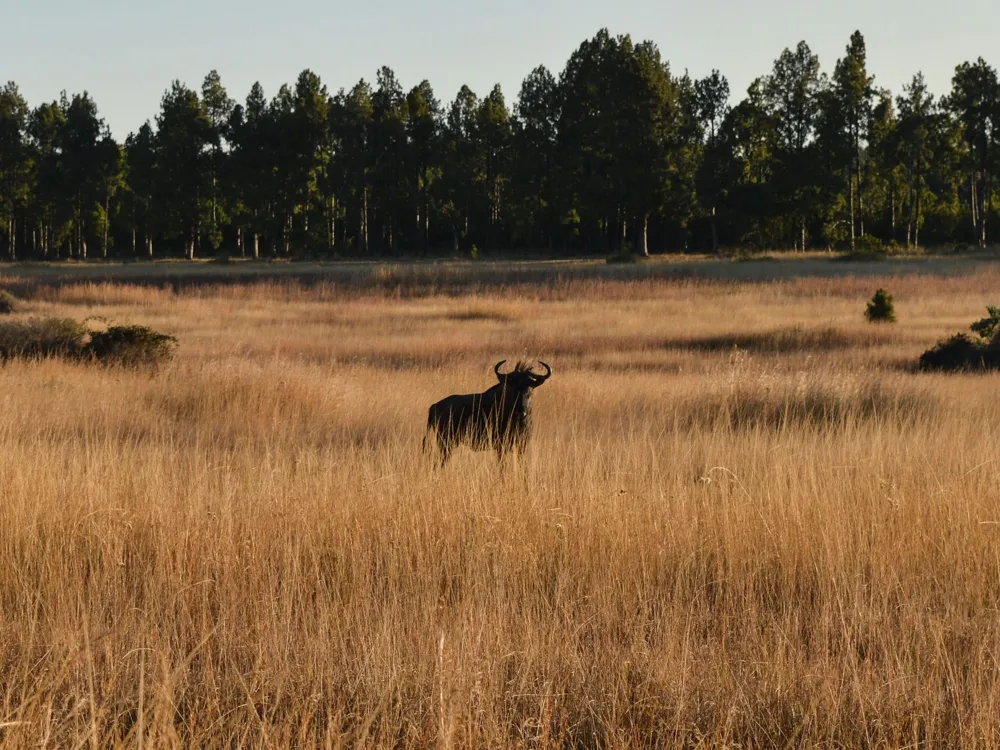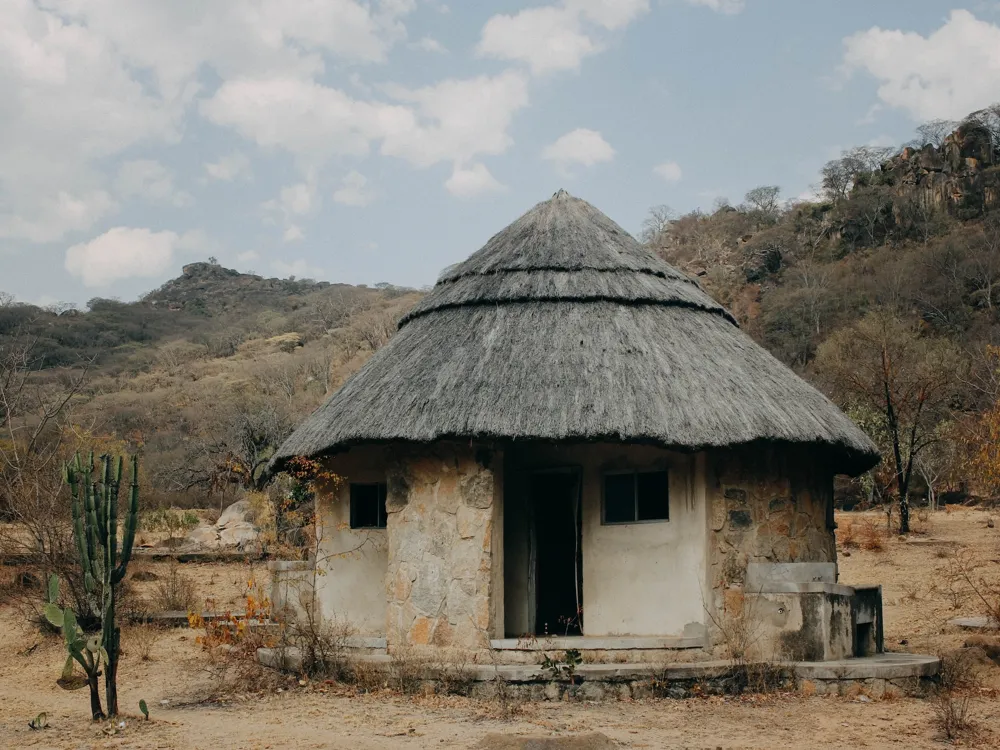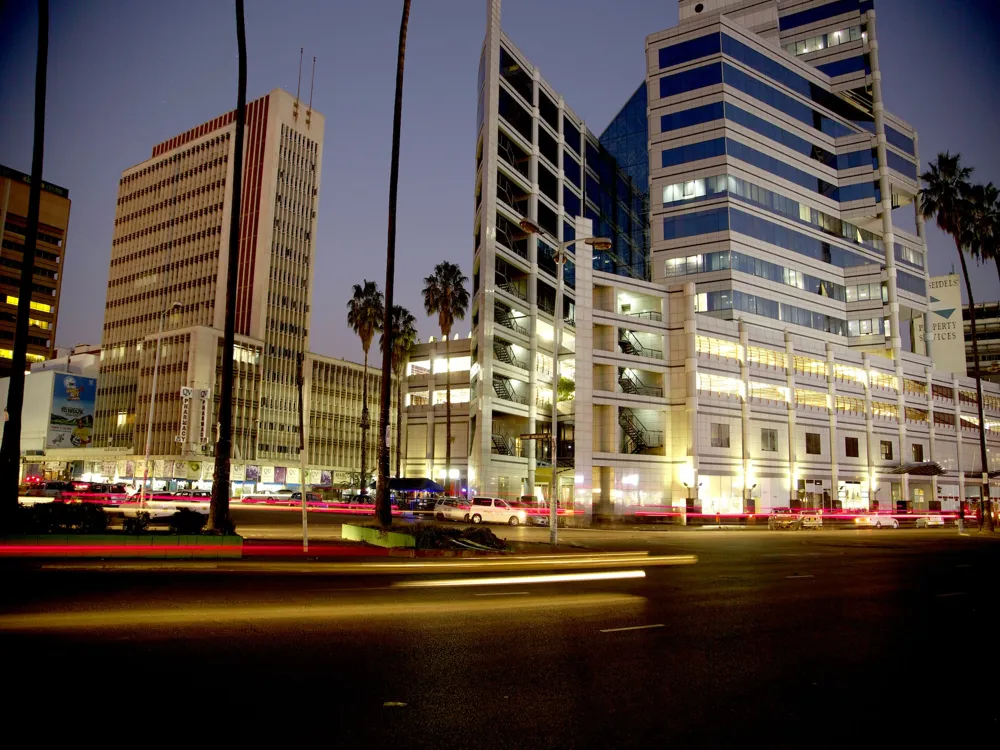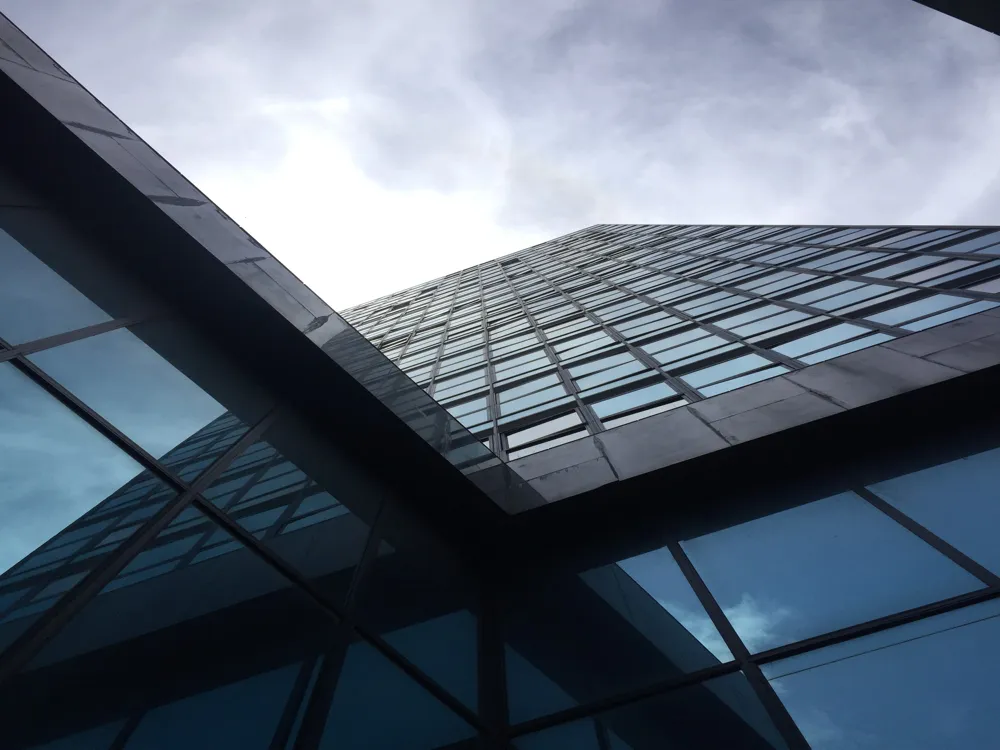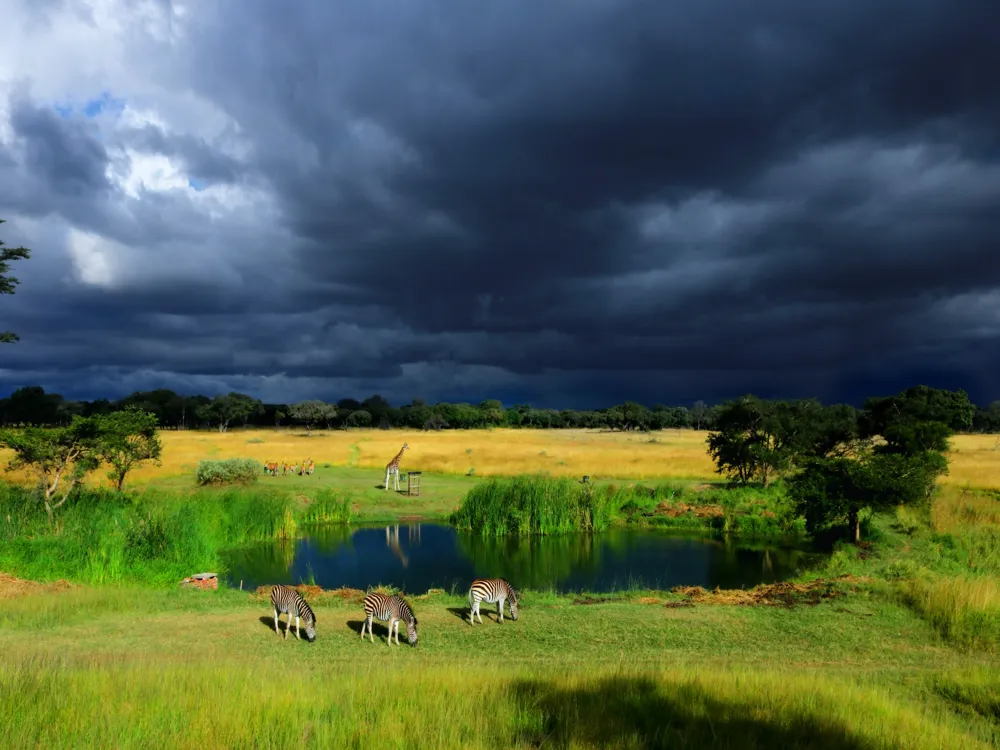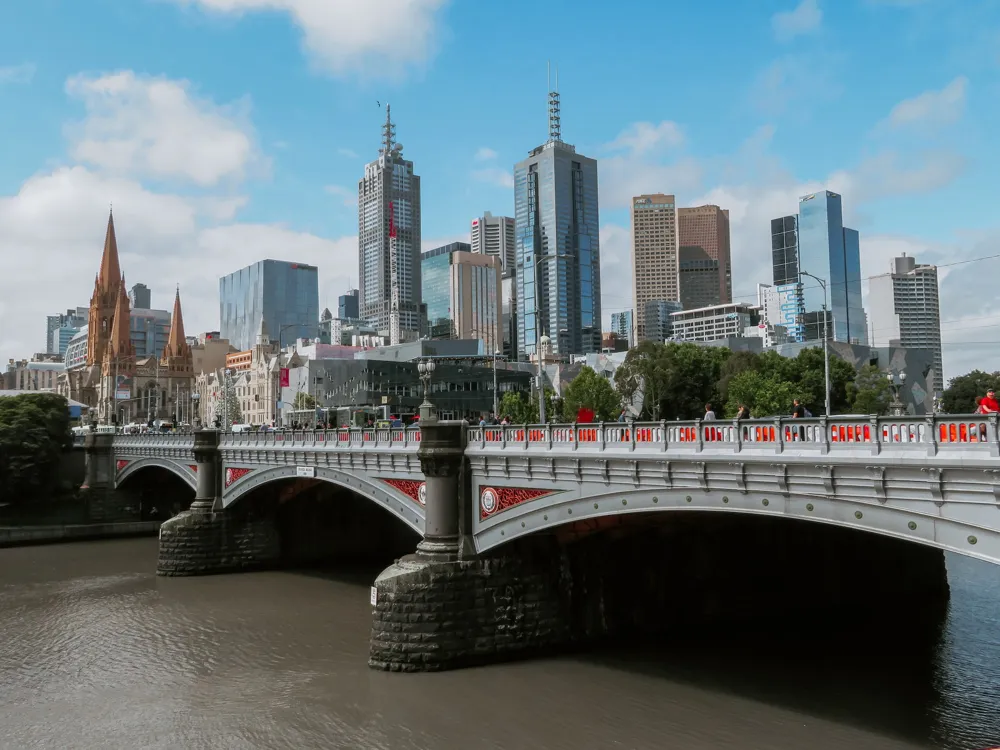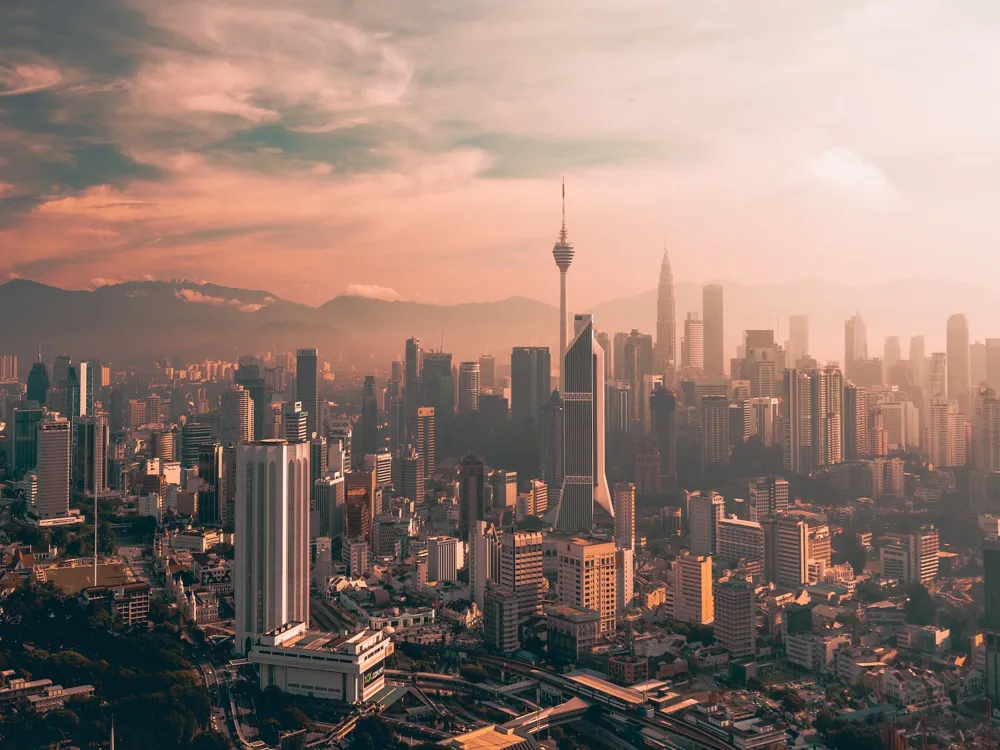Best Time to Visit Harare
Zimbabwe
Sub-Region: HarareNaN onwards View Packages
Get Customized PackagesThe Land of Diversity
Top Hotel Collections

Private Pool

Luxury Hotels

5-Star Hotels

Pet Friendly
What is the Best Time to Visit Harare?
Harare, the vibrant capital city of Zimbabwe, beckons travelers with its unique charm and diverse offerings throughout the year. Choosing the best time to visit Harare can significantly enhance your experience, ensuring you make the most of your stay. In this comprehensive guide, we delve into the nuances of each season, allowing you to plan your trip with precision.
More about Best Time to Travel to Harare
Travel Peak Season in Harare
Harare's peak season, spanning from June to September, is a traveler's delight. The weather during these months is characterized by mild temperatures, making outdoor exploration comfortable. The cityscape comes alive with lush greenery, and you'll find a myriad of cultural events and festivals to partake in. Ensure to book your accommodation well in advance, as this period witnesses a surge in tourist influx.
Travel Offseason in Harare
For those seeking a more tranquil experience, Harare's offseason, from December to March, provides a quieter ambiance. While the temperatures might be slightly warmer, the city exudes a serene charm. Travelers can enjoy the attractions without the crowds, and hotel rates are often more budget-friendly during this time. Don't forget to pack sunscreen and stay hydrated as the sun graces the city with its warmth.
Harare Travel Packages
View All Packages For Harare
Harare in Shoulder Season
Navigating between the peak and offseason, the shoulder seasons of April to May and October to November offer a perfect balance. The weather remains pleasant, and you can enjoy the city's offerings without the hustle and bustle. It's an ideal time for budget-conscious travelers looking for a harmonious blend of good weather and fewer crowds.
Harare in Hot Season
As temperatures rise from October to November, Harare experiences its hot season. While the heat might be intense, this period showcases the city's vibrant energy. It's an excellent time for those who relish warmth and want to immerse themselves in the local culture.
Harare in Rainy Season
The rainy season, typically from December to March, brings a refreshing change to Harare's landscape. While occasional showers are expected, the city blooms with greenery, creating a picturesque setting. Travelers with a penchant for the lush beauty of nature will find this season enchanting.
Harare in Cool Season
The cool season, spanning from April to September, offers crisp mornings and mild afternoons. This is an ideal time for outdoor activities, and you'll find the parks and gardens at their scenic best. Pack a light jacket for the evenings, and you'll be ready to explore the city's attractions comfortably.
Places To Visit In Harare
Nearby Places Harare
Harare Photos
View All Photos For HarareBrowse Package Collections
Browse Hotel Collections
Faq
Q: What is the best time to visit Harare for favorable weather conditions?
A: The ideal time to visit Harare is during the dry season, which occurs from April to October. During these months, you can expect pleasant temperatures and minimal rainfall, making it more enjoyable for outdoor activities and sightseeing.
Q: Are there specific months to avoid due to extreme weather conditions in Harare?
A: It's advisable to avoid the rainy season, particularly from November to March, as heavy rains can lead to muddy roads and potential disruptions. Additionally, December and January can experience high temperatures, making outdoor activities less comfortable.
Q: What is the temperature range in Harare throughout the year?
A: Harare generally experiences a subtropical climate. During the dry season (April to October), temperatures range from 10°C to 28°C (50°F to 82°F). In the wet season (November to March), temperatures can vary from 15°C to 30°C (59°F to 86°F).
Q: Are there any specific events or festivals that make certain months more appealing to visit Harare?
A: Harare hosts various cultural events and festivals throughout the year. The International Carnival in May and the Harare International Festival of the Arts (HIFA) in late April or early May are particularly popular. Checking the event calendar can enhance your overall experience.
Q: Is wildlife viewing a consideration when planning a visit to Harare?
A: Yes, wildlife enthusiasts should plan their visit during the dry season (May to October) when vegetation is sparse, and animals gather around water sources, offering excellent opportunities for game viewing in nearby reserves and national parks.

